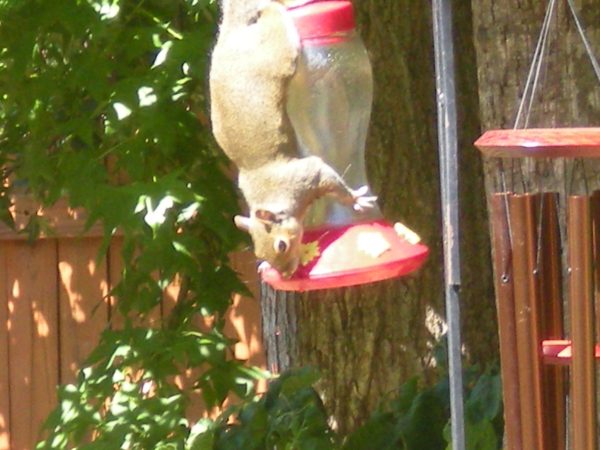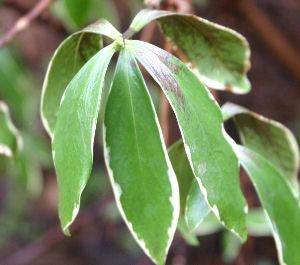Mowing Height – Calculating
When a homeowner complained that his bermudagrass was showing lots of scalped areas in fall, I turned to Dr. Clint Waltz, my turf specialist friend.
—————————-
“There are several things working here but the primary issue is mowing frequency. In the spring when the grass is not growing as rapidly, the bermudagrass can handle being mowed once a week at low heights (<1.25 inches). This can also apply to the late-summer or fall. But as the growing season progresses and everything else is being done correctly (i.e. fertility, irrigation, etc.), bermudagrass can grow rapidly.
Considering that the typical homeowner mows once a week the grass begins to elongate (i.e. gets leggy or stemmy) and then is scalped when it is mowed. Simply put, the 1/3 mowing rule likely is not maintained.
Lets look at a few calculations, on golf courses where bermudagrass fairways are maintained at 0.5-inches, the grass is commonly cut three times per week. Adhering to the 1/3 rule for this height, the grass should be mowed when it reaches 0.67 inches. When fertility and water are not lacking during the growing season, bermudagrass will put on 0.33 inches of growth in a couple days. Hence, more frequent mowing to maintain the 0.5-inch mowing height.
For homeowners let’s set the mowing height at 1.5 inches, therefore the 1/3 rule suggests the grass be cut when it reaches a height of 2.0 inches. Bermudagrass can easily grow and exceed 0.5 inches in 7 to 10 days under ideal growing conditions. What often occurs is the weekly homeowner mowing occurs once the grass is past the 1/3 height and mows below the leaf canopy. The result, all that is left are brown stems. Established bermudagrass is resilient and will recover, but the stand will be weak, thin, and subject to subsequent scalping.
This past summer there was a second factor at play, important but to a lesser degree than mowing frequency: the rainy overcast days. Bermudagrass likes lots of sun and heat, the Atlanta area didn’t receive much of either until late in the growing season. Under low light conditions, like shade and overcast conditions, bermudagrass will “stretch” for sunlight and become leggy / stemmy. The result is little lower leaf development with all the leafs near the top. When this grass is mowed the foliage is removed leaving stems.
Infrequent mowing compounded with overcast weather, could lead to a greater chance of scalping even when bermudagrass is growing in full sun. The same principle holds for early fall when the sun is lower in the horizon and the days are shorter. This also applies to maintaining the proper mowing height range. For the hybrid bermudagrasses in home lawns the range is 1.5 – to 2.5 inches.
What’s the homeowner to do? First make sure nothing is limiting (e.g. fertility, water, good soil conditions, etc.). Second, the homeowner has a couple of options. They can either mow more frequently to maintain the 1/3 rule or, raise the mowing height early in the season to provide more of a buffer, allow more growth between mowings to maintain the 1/3 rule. For example, a mowing height of 1.5-inches should be mowed after 0.5 inches of growth, while a mowing height of 2.0-inches should be mowed once the grass has grown 0.66 inches. A combination of increased mowing frequency, mowing at the proper height, and maintaining the 1/3 mowing rule should prevent most scalping and provide an evenly green yard.
These principle would be consistent regardless of the grass species. If your homeowner wants to change to zoysiagrass the 1/3 rule still applies. Zoysiagrass is typically slower growing and would take more time to achieve the same level of growth, biding the homeowner a little more time between mowings. The converse to this is the thatchy nature of zoysiagrass which would then allow the mower wheels to sink deeper into the turfgrass canopy. This also presents a possibility of scalping. It’s a nice paradox, “damned if you do, damned if you don’t.”
The one thing I did not mention is the condition of the mower. Are the blades sharp? Is the height properly set? Is the deck even? I’ve seen situations where mounting brackets were disconnected and one side of the mower was dragging or gouging, the result was an uneven cut and partial scalping.














